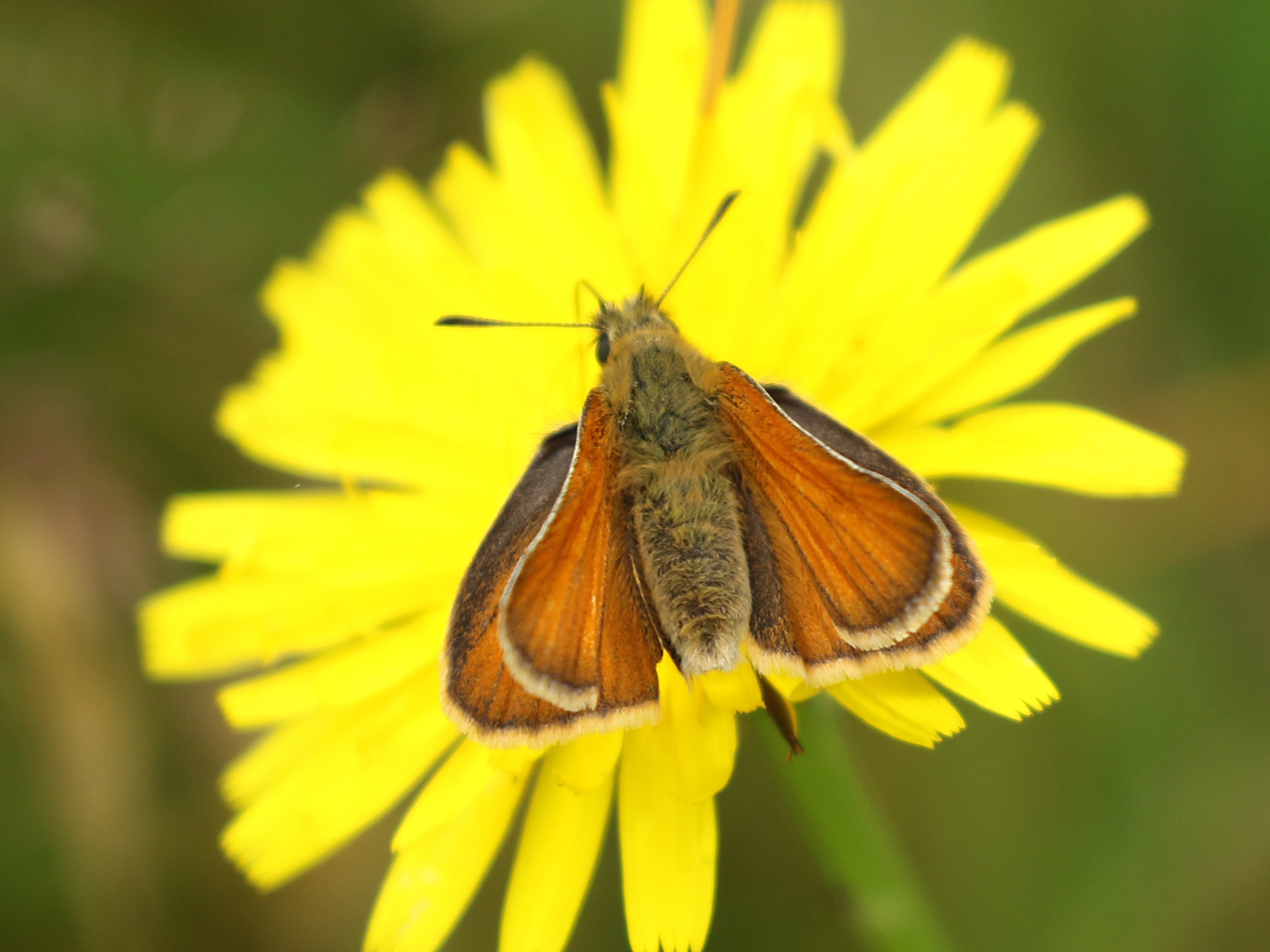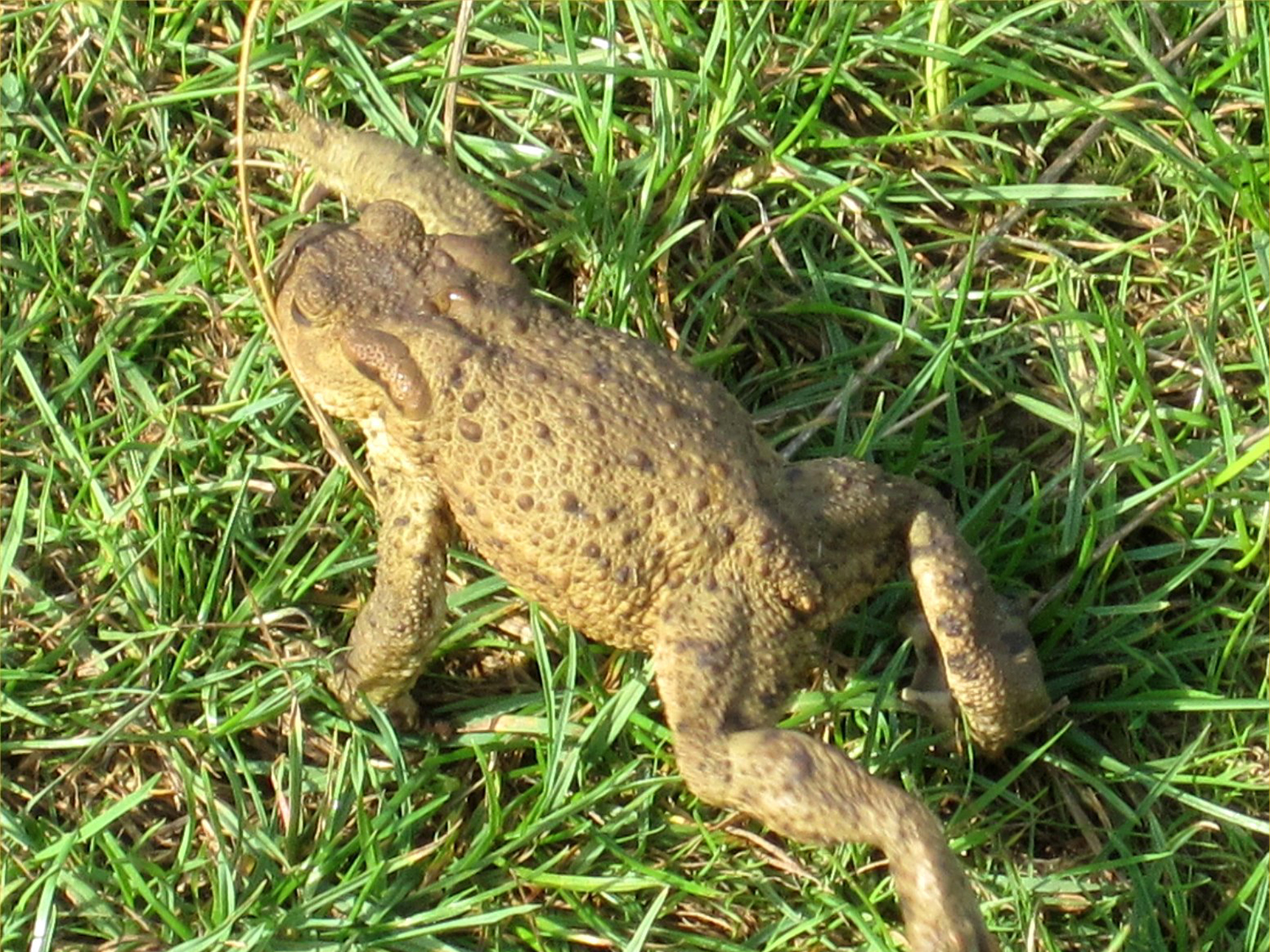WILDLIFE
The reserve is home to wide range of animals, birds and insects.
Animals
Muntjac Deer with young
When exploring the reserve, you may come across:
- Red Poll Cattle (April to September)
- Foxes
- Badgers
- Muntjac Deer
- Grey Squirrels
- Bats
If you are lucky enough, you may spot a Stoat, Weasel or see a mouse or vole scurrying in the grass. Hedgehogs are rare, but sometimes coming in for neighbouring gardens. You will often see molehills, but rarely see a mole.
Birds
A fledgling green woodpecker
The mix of woodland and scrub are habitat for an interesting variety of birds. In the spring and summer, Mill Meadows is alive with bird song, especially Song Thrush, Blackcap and Chiffchaff. The common garden birds are also well represented.
The less common birds found all year round include:
- Sparrowhawk
- Tawny Owl
- Great-spotted and Green Woodpeckers
- Nuthatch
- Treepcreeper
- Mistle Thrush
- Long-tailed Tit
- Coal Tit
- Goldcrest
- Bullfinch
- Chaffinch
- Greenfinch
- Goldfinch
If you are lucky, you may see a Buzzard, Red Kite or Kestrel overhead.
In the Spring and Summber, you may see:
- Whitethroat and Lesser Whitethroat breeding on the scrub and hedges
- Hobby, Swallows, House Martins, and Swifts using the reserve for hunting
- Willow Warbler, Garden Warbler and Cuckoos passing through during their migration.
- Spotted Flycatchers who may spend a few days feeding on their journey south in late summer.
In autumn and winter, Siskin, Redwing, Fieldfare and occasionally Brambling can be found.
Visit the RSPB website for more information on identifying different birds.
Insects and reptiles
Skipper butterfly on catsear
A study in the year 2000, identified 241 species of invertebrates in Mill Meadows. A significant number of scarce and locally notable species was recorded for spiders (Araneae) and beetles (Coleopterd). Occasionally Wasp Spiders and Dung Beetles can be found.
At least 24 species of butterfly have been recorded. In the summer, the grasses are alive with:
Dor beetle
- Meadow Brown
- Gatekeeper
- Ringlet
- Common Blue
- Large and Small Whites.
Bumblebee
Notable species include:
- Orange Tip
- Holly Blue
- Small Copper
- Essex Skipper
- Purple Hairstreak
- Painted Lady
There have been occasional sightings of Marbled White, Small Heath, Clouded Yellow and Wall Brown. In the wooded areas you may see speckled woodland butterflies.
Red Admiral butterfly
Visit Butterfly Conservation to identify the butterflies
Dragonflies hunt over the grass in Summer, with Emperor Dragonfly and Broad-bodied Chasers being sighted. You may see or hear crickets chirping in the fields in the summer. The flowers provide welcome nectar by visiting bees and bugs throughout the spring and summer including various bumble bees, honey bees and soldier beetles.
Reptiles and amphibians
In early spring, some of the ponds are bubbling with Common Frogs mating and laying spawn. Common Lizards bask on the fences and logs in late summer and you may also encounter a Common Toad, Slow Worm or Grass Snake. Adders have been seen but are very rare.










